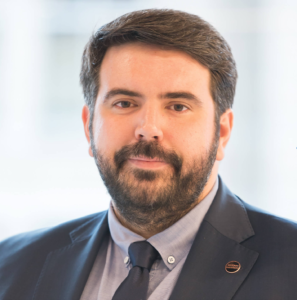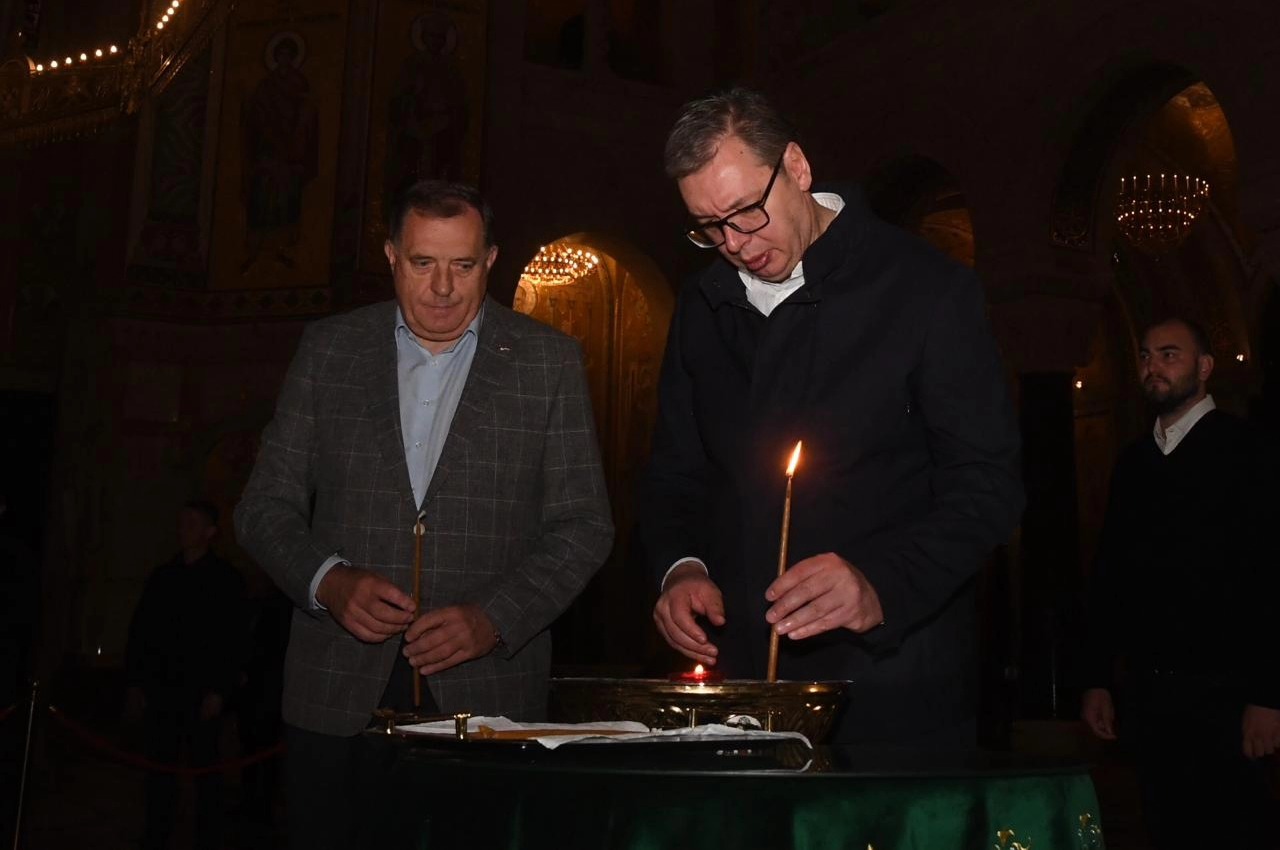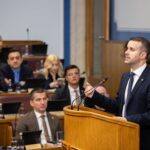The term “genocide” was coined by the Polish lawyer Raphael Lemkin to describe the Nazi systematic efforts to annihilate Jewish population of Europe, but also earlier examples of similar organized efforts aimed at destroying entire groups of people in specific areas. After this, a campaign for the legal codification of the term was launched, and genocide became part of international law a few years later in 1946 by the United Nations General Assembly (A/RES/96-I). It was codified as an independent crime in the 1948 Convention on the Prevention and Punishment of the Crime of Genocide (the Genocide Convention). The Convention has been ratified by 153 states (as of April 2022). The International Court of Justice (ICJ) has repeatedly stated that the Convention embodies principles that are a part of general customary international law.
A similar term was coined by the Spanish lawyer Bartolome Clavero, who saw ethnocide, unlike genocide, not as the systematic destruction of people in a physical sense, but as the destruction of their culture and identity and their replacement.
Although genetic research shows that the Balkan Peninsula, despite clear ethno-national boundaries, is genetically quite mixed, colonial governance and occupations, as well as competing national ideas from the nineteenth century, have caused ethnic and political boundaries not to align. For this reason, various systematic population regroupings have been conducted in the Balkans for centuries. From the invasion of the Romans and Greeks on the Illyrians, through the invasions of the Avars, Slavs, and later Ottoman conquests, attempts to reprogram the identity of the local population have systematically alternated. The borders of empires and spheres of influence impacted the formation of ethno-religious identities.
World War II was a time when the regime in the Independent State of Croatia attempted to ethnically homogenize the population of Croatia. For this endeavor, Pavelić implemented techniques of genocide through the physical extermination of Serbs, Jews, and Roma, but also ethnocide through the violent assimilation of part of the Serbian population.
As is often the case, the people who suffer genocide can often fall victim to leaders with authoritarian and dictatorial tendencies. Such leaders resort to a simple and short-term but highly effective means of mobilizing support—nationalism fueled by collective trauma, emphasizing revenge, and insisting on the fear of the repetition of crimes.
These processes were exactly what happened in the Yugoslav, specifically Serbian, public, where in the 1980s, as a backdrop to the anti-bureaucratic revolution, these ressentiment narratives were fueled, which were supposed to incite people to political reaction.
The Yugoslav federation was portrayed in these narratives as unjust for the most numerous Serbian people, and the regime of Slobodan Milošević sought to reorganize it. The goal was to homogenize and consolidate the Serbian political space in Yugoslavia and seek a redefinition of relations or disassociation along ethnic lines. This latter goal was immortalized in the maxim that “all Serbs should live in one state.” This implied the annexation of parts of Croatian territory and the complete subjugation of Montenegro and Bosnia and Herzegovina. In line with the Chetnik ideology described in the pamphlet “Homogeneous Serbia” by their ideologue Stevan Moljević:
“The Serbs, who were the first in the Balkans to resist the invasion of the Germans from west to east, thereby gained the right to lead in the Balkans, and they will not and cannot relinquish that leadership for the sake of themselves or the Balkans and its destiny. They must fulfill their historical mission, and they will be able to do so only if they are gathered in a homogeneous Serbia and within a Yugoslavia that they will imbue with their spirit and give it their stamp. Serbs must have hegemony in the Balkans, and to have hegemony in the Balkans, they must first have hegemony in Yugoslavia.”
This implied ethnic homogenization, which is why, in the Bosnian Podrinje, already during World War II, a wave of ethnic cleansing of the Bosniak Muslim population was initiated by the Chetniks, a collaborationist formation that started the war as a formal and official formation of the Yugoslav government-in-exile.
In this sense, the genocide in the Bosnian Podrinje in the 1990s, which culminated in Srebrenica, is merely a continuation of the work begun in World War II. The entire non-Serb population from the Podrinje area, from Foča to Zvornik, was driven by terror into just a few enclaves in Goražde, Žepa, and Srebrenica. Under siege for three years, these people survived thanks to the protection of United Nations armed formations.
In July 1995, already near the end of the war in Bosnia and Herzegovina, the military forces of the Republica Srpska began the ethnic cleansing of the population that had taken refuge and was besieged in the Srebrenica municipality. The goal was to create an ethnically pure buffer zone on the border with Serbia. According to the ideology of Serbian nationalism, the Drina River should no longer be allowed to be a border among Serbs. According to that narrative, Bosnia should no longer exist.
Today, the leader of the Bosnian Serbs repeats this same narrative, although when he first came to power, he acknowledged the genocide in Srebrenica and harshly criticized the criminal regime of Mladić and Karadžić. Today, Dodik refuses to identify himself as a Bosnian and Bosnian Serb, demanding that Bosnian Serbs be referred to only as Serbs, thus articulating the idea of national integralism of Serbs in the former Yugoslavia.
With the arrival of Aleksandar Vučić to power, the interrupted continuity of Slobodan Milošević’s rule was resumed in Serbia, because Vučić and his party, along with Ivica Dačić, Milošević’s successor at the head of the Socialist Party of Serbia, represent political and ideological continuity with Serbia’s genocidal undertakings of the 1990s.
For this reason, Vučić’s regime does not want to recognize the genocide because his government, and the administration in which he was a part, was a direct accomplice in this war crime. Moreover, there is another practical side to this denial of genocide and the pressures and resources Serbia invests to prevent the adoption of a resolution at the United Nations General Assembly, which is the preservation of the authoritarian Vučić regime’s power. By investing in the continuation of the anti-Western revisionist narrative that is fed by ressentiment, which is pervasive in Serbian public opinion, Vučić ensures a base of disillusioned people whom he feeds his electoral successes. This is what every authoritarian regime does, from Putin’s, through Orban’s and Erdoğan’s, to Vučić’s.
If there were true rights, justice, and democratic consciousness in Serbia, it would itself be a sponsor of this resolution at the UN, together with the Republic of Srpska and Bosnia and Herzegovina.
The articles published in the “Opinions” column reflect the personal opinion of the author and may not coincide with the position of the Center
Ljubomir Filipović. Montenegrin political scientist




